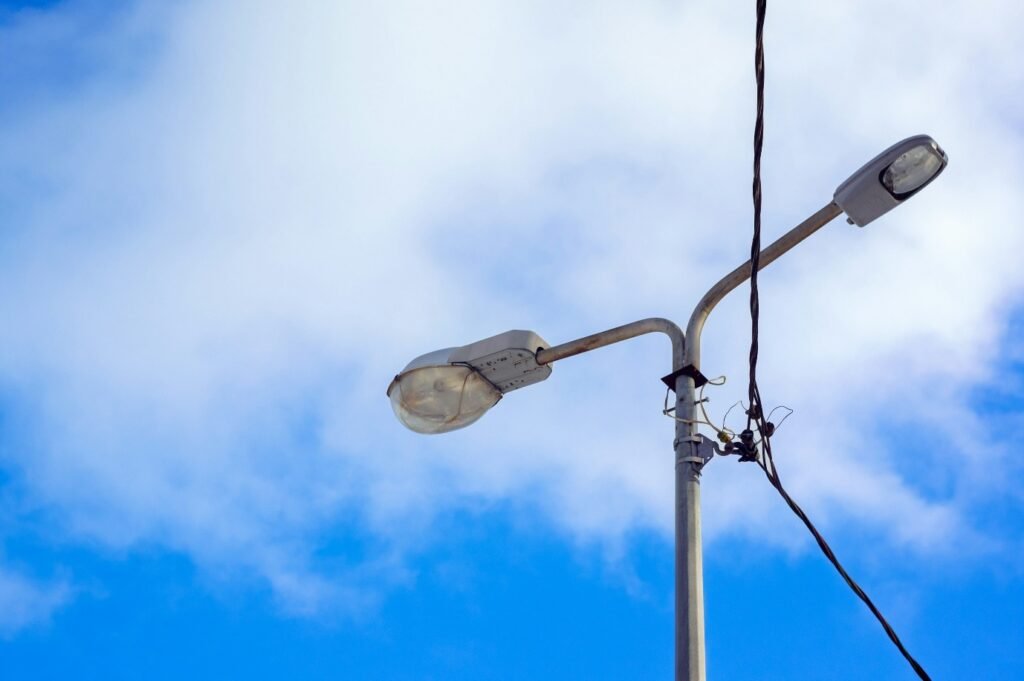In up-to-date smart outdoor lighting systems, automation is the standard. Photocell sensors perform as the “eyes” of streetlights, automatically switching luminaires on at sunset and off at dawning. This saves energy, cuts labor, and increases safety for the public.
Though, any contractor, municipal buyer, or maintenance technician knows there’s a catch: not every stage of a project—or every location—requires a photocell. Photocells can be delayed, damaged, or unnecessary in 24/7 or dusk to dawn emergency lighting applications.
That’s where the shorting cap comes in. Although small and inexpensive, it is an influential photocell replacement accessory that guarantees uninterrupted power delivery to a luminaire when automation is not required. Rather than exchanging photocells eternally, shorting caps act as their companions, bridging gaps in project schedules, troubleshooting efforts, and maintenance cycles.
Below are five detailed ways shorting caps add value for contractors, operations & maintenance (O&M) teams, and municipalities.

Safety and Compatibility Value
Shorting caps may look simple on the outside, but inside they’re designed for acquiescence and robustness. Among their value adding shorting cap applications is the value and compatibility that they promise by following international standards.
Safety incidents in outdoor lighting often arise from water ingress, incompatible connectors, or makeshift wiring. By using an appropriately rated shorting cap, contractors can assure that electrical performance remains consistent and trustworthy even in severe circumstances. This is particularly significant for public roads and pedestrian areas.
High-quality shorting caps are designed to meet ANSI C136.10 standards and often provide IP67 protection. IP67 streetlight shorting cap and ANSI C136.10 shorting cap ensure broad compatibility with standard streetlight sockets while protecting against rain, dust, and harsh outdoor conditions.
For project managers and buyers, this means reduced risk: even though a shorting cap only provides a continuous-on mode, it guarantees reliable electrical performance and safety during use.
Construction Value: Faster Progress, Less Rework
Delays in lighting projects don’t generally come from the poles or luminaires—they come from the little parts like sensors, controls, and connectors. Shorting caps are basically a contractor’s “insurance policy” against such delays.
- Accelerated installation: Instead of halting work while waiting for photocells, crews can install the luminaires with shorting caps, leaving them fully powered. This keeps project timelines on track and permits inspectors to keep working on installations without waiting for controls to arrive.
- Simplified commissioning and testing: With shorting caps installed, engineers can strengthen the whole lighting circuit to authenticate wiring, voltage, and fixture operation. Any snags are easier to sense before the final controls are added.
- Flexible scheduling: The capability to install now and swap later means slight delays no longer hold up major infrastructure rollouts.
Real impact: In the practical scenarios while dealing with highway projects, even a one-week postponement can mean thousands of dollars in idle labor and equipment costs. Shorting caps lessen that risk affectedly.
Maintenance Value: Keep Lights On, Avoid Interruptions
For O&M teams, shorting caps act like a “spare tire” for your lighting network. When a photocell flops—specifically on a busy highway or in a public park—the main concern is not saving energy, it’s reinstating light for safety.
Here’s how shorting caps help:
- Immediate restoration of service: Specialists can change a failed photocell with a shorting cap there and then. The luminaire turns on uninterruptedly, eradicating insecure dark zones while waiting for an appropriate replacement.
- Efficient troubleshooting: Setting up a shorting cap is a fast diagnostic test. If the light turns on, you know the photocell is defective. If it stays off, the problem lies in the luminaire or wiring. This evades needless fixture replacements.
- Public safety assurance: Uninterrupted lighting is critical for drivers, pedestrians, and businesses. By using shorting caps, municipalities can evade objections, accountability, and emergency call-outs.
Example: After a storm destroy dozens of photocells, an O&M team can drive through the area, changing in shorting caps in minutes. The lights stay on uninterruptedly till new sensors are ordered and installed, all without leaving neighborhoods dark.
Cost and Asset Management Value
Shorting caps don’t just resolve technical complications—they make financial sense.
- Lower maintenance costs: Batch your work. Rather than shipping teams various times for single photocell failures, you can reinstate service instantly with shorting caps and schedule replacements later, when it’s more cost-efficient.
- Lower Inventory Pressure: Some applications—industrial yards, perimeter security, or dusk-to-dawn emergency lighting—don’t want photocells at all. Shorting caps eradicate the cost of buying and carrying unnecessary sensors.
- Recyclable across projects: A good shorting cap can be fitted, detached, and reinstalled lots of times without decreasing performance. This magnify your return on a small investment.
Bottom line: Shorting caps transform unpredictable stoppage and maintenance costs into scheduled, measured expenditure.
Practical Application Cases
Shorting caps aren’t hypothetical, they’re extensively used in the field:
- Municipal LED streetlight renovations: When photocell shipments were postponed during a city’s LED retrofit project, staffs put in shorting caps to keep lights on the trot. The task completed on schedule, with photocells swapped in later.
- Lighting factory testing: Producers and quality checkers regularly use shorting caps throughout production tests. This permits them to power luminaires dependably and check for electrical performance issues before shipment.
- Emergency maintenance: Road maintenance squads keep boxes of shorting caps in their automobiles. When numerous sensors fail because of climate damage, they can rapidly reinstate lighting without waiting for substitutes, averting accidents and public criticisms.
These situations show how shorting caps provide flexibility, speed, and safety in both scheduled and emergency circumstances.
Conclusion
Shorting caps may appear like simple plastic plugs, but their effect on protection, planning, and budget is mammoth. For contractors, they want quicker fitting and easier testing. For O&M crews, they need trustworthy emergency standbys and analytical tools. For municipalities, they need nonstop public lighting and smarter asset management.
Briefly, shorting caps are not substitutes for photocells—they’re necessary companions. Used purposefully, they provide contractors and maintenance squads the flexibility to keep smart lighting systems safe, well-organized, and trustworthy under any condition.








